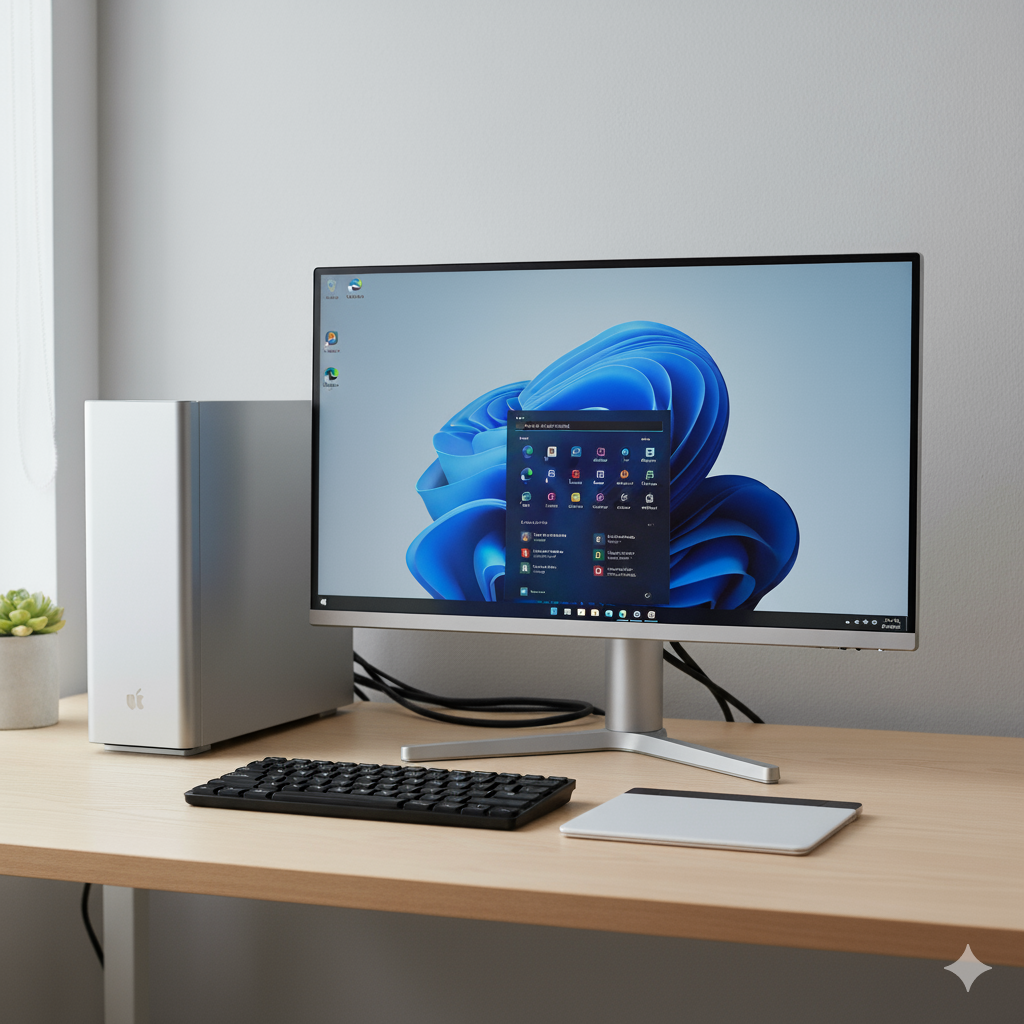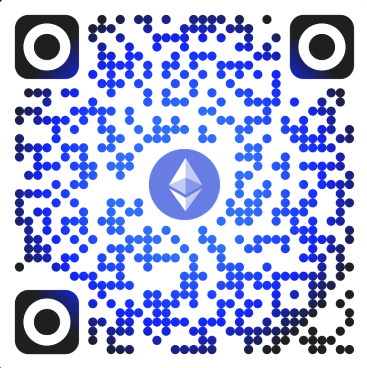- Android Studio (Beta) 0.8.9
- Android Google Maps v2
What?
A sequel to my article "Basic Android App using Google Maps and Current Location", this article suggests how to add Map as a sub activity. Note that this article is based on a new blank project which does not include code from the previous example but you can still build this over the previous example (as I did).
Why?
The previous article meant that the Google map was your main activity and any other activity would be a sub-activity; returning to the map activity would restart the app as a menu item, it would need to launch a new intent... I wanted to change my previous example so that the homepage of the app (the starting page) will simply display a button to the map (in case of offline mode or incompatibility with the device).
How?
In this example, I'm going to add the map as a fragment. This is the most rudimentary example (display map, move camera and display marker) and can be run from any other activity:
MapFragment.java
copyraw
package com.joellipman.mymapapp; // change to your own package
import android.os.Bundle;
import android.support.v4.app.Fragment;
import android.view.LayoutInflater;
import android.view.View;
import android.view.ViewGroup;
import com.google.android.gms.maps.CameraUpdateFactory;
import com.google.android.gms.maps.GoogleMap;
import com.google.android.gms.maps.MapView;
import com.google.android.gms.maps.MapsInitializer;
import com.google.android.gms.maps.model.BitmapDescriptorFactory;
import com.google.android.gms.maps.model.CameraPosition;
import com.google.android.gms.maps.model.LatLng;
import com.google.android.gms.maps.model.MarkerOptions;
/**
* A fragment that launches other parts of the demo application.
*/
public class MapFragment extends Fragment {
MapView mMapView;
private GoogleMap googleMap;
@Override
public View onCreateView(LayoutInflater inflater, ViewGroup container,
Bundle savedInstanceState) {
// inflate and return the layout
View v = inflater.inflate(R.layout.activity_map_fragment, container,
false);
mMapView = (MapView) v.findViewById(R.id.mapView);
mMapView.onCreate(savedInstanceState);
mMapView.onResume();// needed to get the map to display immediately
try {
MapsInitializer.initialize(getActivity().getApplicationContext());
} catch (Exception e) {
e.printStackTrace();
}
googleMap = mMapView.getMap();
// latitude and longitude
double latitude = 17.385044;
double longitude = 78.486671;
// create marker
MarkerOptions marker = new MarkerOptions().position(
new LatLng(latitude, longitude)).title("Hello Maps");
// Changing marker icon
marker.icon(BitmapDescriptorFactory
.defaultMarker(BitmapDescriptorFactory.HUE_ROSE));
// adding marker
googleMap.addMarker(marker);
CameraPosition cameraPosition = new CameraPosition.Builder()
.target(new LatLng(17.385044, 78.486671)).zoom(12).build();
googleMap.animateCamera(CameraUpdateFactory
.newCameraPosition(cameraPosition));
// Perform any camera updates here
return v;
}
@Override
public void onResume() {
super.onResume();
mMapView.onResume();
}
@Override
public void onPause() {
super.onPause();
mMapView.onPause();
}
@Override
public void onDestroy() {
super.onDestroy();
mMapView.onDestroy();
}
@Override
public void onLowMemory() {
super.onLowMemory();
mMapView.onLowMemory();
}
}
- package com.joellipman.mymapapp; // change to your own package
- import android.os.Bundle;
- import android.support.v4.app.Fragment;
- import android.view.LayoutInflater;
- import android.view.View;
- import android.view.ViewGroup;
- import com.google.android.gms.maps.CameraUpdateFactory;
- import com.google.android.gms.maps.GoogleMap;
- import com.google.android.gms.maps.MapView;
- import com.google.android.gms.maps.MapsInitializer;
- import com.google.android.gms.maps.model.BitmapDescriptorFactory;
- import com.google.android.gms.maps.model.CameraPosition;
- import com.google.android.gms.maps.model.LatLng;
- import com.google.android.gms.maps.model.MarkerOptions;
- /**
- * A fragment that launches other parts of the demo application.
- */
- public class MapFragment extends Fragment {
- MapView mMapView;
- private GoogleMap googleMap;
- @Override
- public View onCreateView(LayoutInflater inflater, ViewGroup container,
- Bundle savedInstanceState) {
- // inflate and return the layout
- View v = inflater.inflate(R.layout.activity_map_fragment, container,
- false);
- mMapView = (MapView) v.findViewById(R.id.mapView);
- mMapView.onCreate(savedInstanceState);
- mMapView.onResume()// needed to get the map to display immediately
- try {
- MapsInitializer.initialize(getActivity().getApplicationContext());
- } catch (Exception e) {
- e.printStackTrace();
- }
- googleMap = mMapView.getMap();
- // latitude and longitude
- double latitude = 17.385044;
- double longitude = 78.486671;
- // create marker
- MarkerOptions marker = new MarkerOptions().position(
- new LatLng(latitude, longitude)).title("Hello Maps");
- // Changing marker icon
- marker.icon(BitmapDescriptorFactory
- .defaultMarker(BitmapDescriptorFactory.HUE_ROSE));
- // adding marker
- googleMap.addMarker(marker);
- CameraPosition cameraPosition = new CameraPosition.Builder()
- .target(new LatLng(17.385044, 78.486671)).zoom(12).build();
- googleMap.animateCamera(CameraUpdateFactory
- .newCameraPosition(cameraPosition));
- // Perform any camera updates here
- return v;
- }
- @Override
- public void onResume() {
- super.onResume();
- mMapView.onResume();
- }
- @Override
- public void onPause() {
- super.onPause();
- mMapView.onPause();
- }
- @Override
- public void onDestroy() {
- super.onDestroy();
- mMapView.onDestroy();
- }
- @Override
- public void onLowMemory() {
- super.onLowMemory();
- mMapView.onLowMemory();
- }
- }
activity_map_fragment.xml
copyraw
<?xml version="1.0" encoding="utf-8"?>
<LinearLayout xmlns:android="http://schemas.android.com/apk/res/android"
android:orientation="vertical" android:layout_width="match_parent"
android:layout_height="match_parent">
<com.google.android.gms.maps.MapView
android:id="@+id/mapView"
android:layout_width="match_parent"
android:layout_height="match_parent"
class="com.google.android.gms.maps.SupportMapFragment" />
</LinearLayout>
- <?xml version="1.0" encoding="utf-8"?>
- <LinearLayout xmlns:android="http://schemas.android.com/apk/res/android"
- android:orientation="vertical" android:layout_width="match_parent"
- android:layout_height="match_parent">
- <com.google.android.gms.maps.MapView
- android:id="@+id/mapView"
- android:layout_width="match_parent"
- android:layout_height="match_parent"
- class="com.google.android.gms.maps.SupportMapFragment" />
- </LinearLayout>
From your main activity java: eg. MainActivity.java
copyraw
private void addMapFragment() {
FragmentManager manager = getSupportFragmentManager();
FragmentTransaction transaction = manager.beginTransaction();
MapFragment fragment = new MapFragment();
transaction.add(R.id.mapView, fragment);
transaction.commit();
}
- private void addMapFragment() {
- FragmentManager manager = getSupportFragmentManager();
- FragmentTransaction transaction = manager.beginTransaction();
- MapFragment fragment = new MapFragment();
- transaction.add(R.id.mapView, fragment);
- transaction.commit();
- }
Same file again but on the menu item (or to call it from anywhere): eg. MainActivity.java
copyraw
setContentView(R.layout.activity_map_fragment); addMapFragment();
- setContentView(R.layout.activity_map_fragment);
- addMapFragment();
Category: AndroidOS :: Article: 597













Comments
call requires permission which may be rejected by user: code should explicitly check to see if permission is available (with `checkPermission`) or explicitly handle a potential `SecurityException`
on line: Location myLocation = locationManager.getLastKnownLocation(provider);?
I would have 1 simple question ... when pressing the back button, I would like to return MainActivity ( I am running "addMapFragment" by pressing a button ).
Currently when pressing the Back button on the phone the application just closes and stays at the background ... so far I have tried for example to add the fragment to the stack and use the popBackStack method ... but no luck so far.
Thank you!
Robert
From the bottom of my heart, thank you.
Andrew